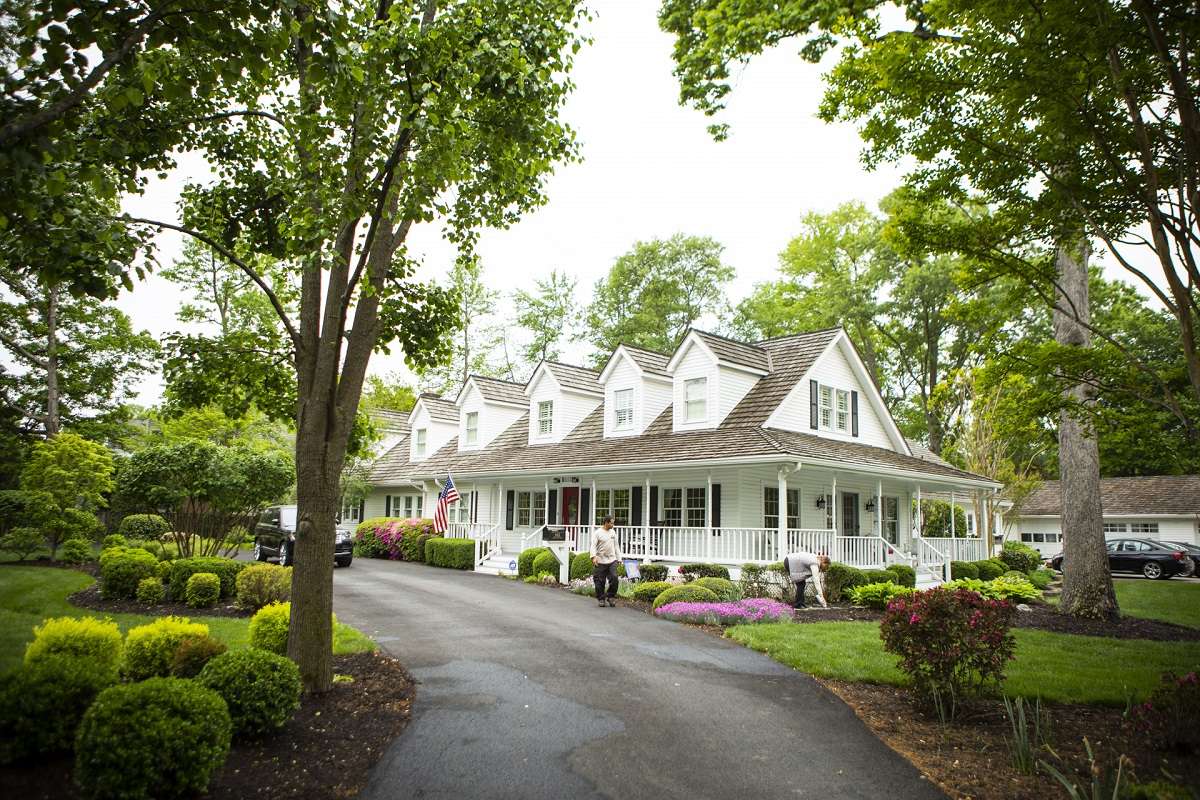

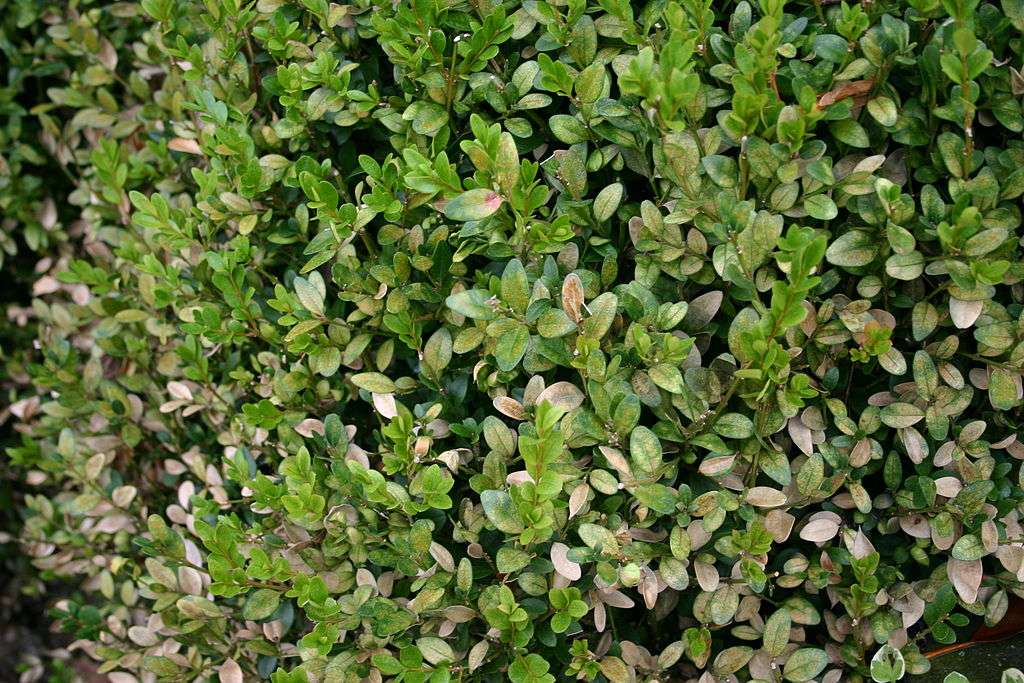
One of the most popular plants in Alexandria and Arlington, VA is, without a doubt, the beloved Boxwood. Homeowners are generally big fans of Boxwoods—and for good reason. They’re an incredibly hardy and compact plant that can perform well in a large variety of landscapes.
While Boxwoods are so appreciated for being easy, that’s not to say that they’re 100-percent foolproof. Like other plants, things can go wrong. If your boxwood is turning brown in its center or your boxwood leaves are turning yellow—or it’s experiencing some other problem—then you might be trying to figure out what to do. After all, you’re not a plant expert, nor should you have to be, and you’re really not sure what to do next.
Given the popularity of the Boxwood and the prevalence of this plant in Northern Virginia landscapes, we wanted to round up some of the potential problems and solutions that can arise with the Boxwood.
Here are 4 that you should know about.
One potential problem could be a disease. The two most common Boxwood disease problems that we see in Alexandria and Arlington, VA are Root Rot and Boxwood Blight, the latter being the bigger concern. Let’s take a look at each.
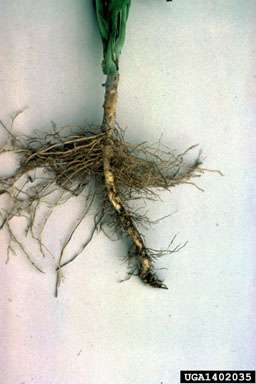 Root rot is caused by a fungal infection and leads to symptoms including poor growth, loss of foliage, and bark separation. If your boxwood is dying in its middle, it may be Root Rot.
Root rot is caused by a fungal infection and leads to symptoms including poor growth, loss of foliage, and bark separation. If your boxwood is dying in its middle, it may be Root Rot.
Fortunately, the chances of Root Rot can be reduced with using proper planting practices. Boxwoods should not be planted in poorly drained compacted soil or in areas where water collects.
Boxwood Blight is another fungal disease. The first symptoms of the disease begin as leaf spots followed by rapid browning and leaf drop. Boxwood Blight is predominantly nursery driven, meaning it often begins while the Boxwood is still growing in the nursery.
From there it can spread virally from plant to plant. Because of this, it’s important that your landscape contractor is specifically looking for trees that are certified by the nursery as free of this disease if you are adding a Boxwood to your property.
Another way that Boxwood Blight can be spread is if a landscape contractor prunes a Boxwood on another property that has the disease and does not sanitize their equipment. Good practices to avoid the spread of Boxwood Blight include cleaning up clippings after pruning (a drop cloth can be laid to collect those clippings) and disinfecting pruning equipment.
If you’re experiencing Boxwood problems, pests could also be a culprit. There are three common pests that attack Boxwoods in Northern Virginia. These include Spider Mites, the Boxwood Leafminer, and the Boxwood Psyllid.
Before we take a look at each of these, it’s important to note that due to the resiliency of Boxwoods, most healthy plants will not succumb to pest damage. But a Boxwood that is under environmental stress or struggling in some other way may really show the damage of a pest infestation.
This is the larval stage of a tiny fly and can potentially cause damage to a Boxwood when it digs into the plant’s leaves and creates blister-like structures. A large infestation can ultimately lead to death.
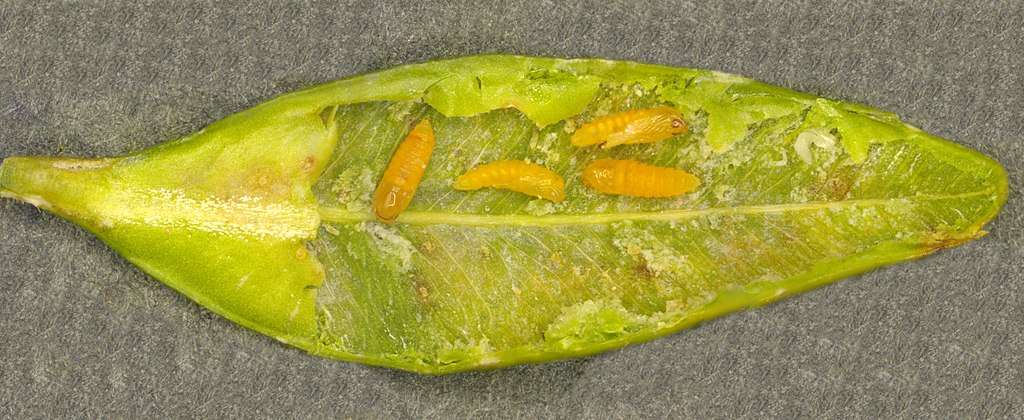
These tiny pests feed on leaf surfaces which can result in yellowing. If your boxwood leaves are turning yellow, it’s possible that you could have a mite problem.
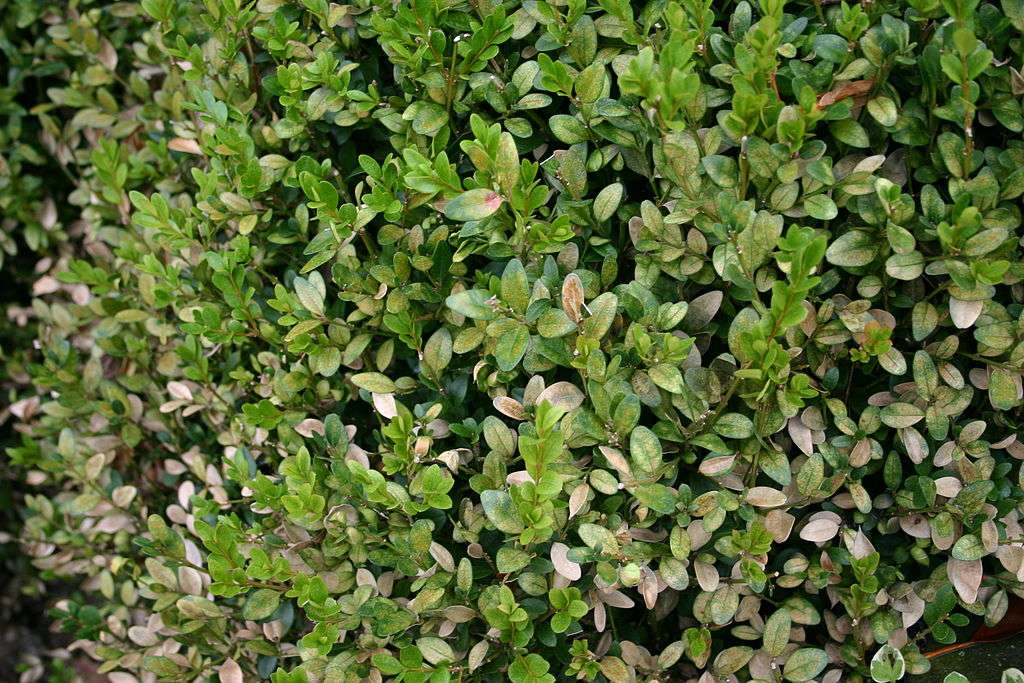
These ⅛-inch long pests feed on Boxwoods both in the larvae and adult stages. This leads to cupping of the leaves, however, most healthy Boxwoods can withstand the damage and outgrow this injury.
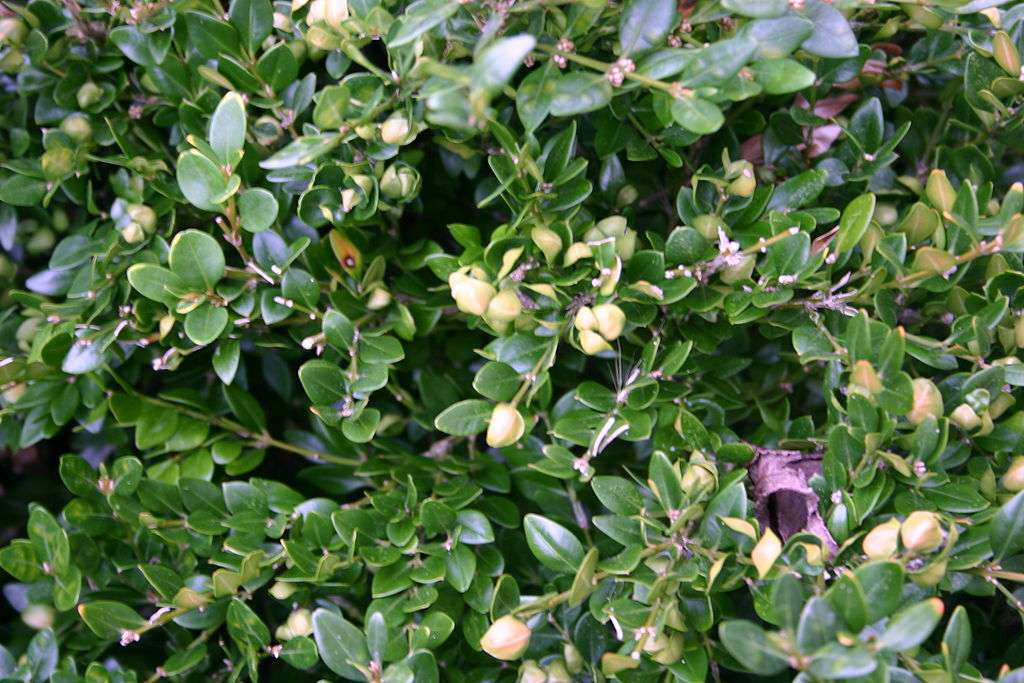
Another potential problem is Boxwood winter burn, which occurs when water is lost through the leaves and the roots are in frozen soil and unable to replenish the water. This happens with really cold temperatures plus wind.
However, a solid preventative maintenance plan can help prevent Boxwood winter burn. A late-season application of anti-desiccant spray will act as a protective coating and substantially reduce water loss.
For the most part, the Boxwood is incredibly low maintenance, which is honestly a big part of its appeal. Very little fertilization is required to keep the Boxwood looking its best. However, if you notice your boxwood leaves turning yellow, it is possible that it is iron deficient. A good mulch can help keep just the right pH in balance and prevent this from happening.
In terms of pruning, the exact needs will depend on the specific variety. In most cases, minimal pruning is needed. In fact, too much pruning can actually cause the Boxwood to thicken more than you want it to as this will reduce air circulation and leave it slightly more prone to fungal problems.
While most Boxwood problems can be solved (or prevented in the first place), there are times when replacement plants may be needed. In particular, if your Boxwood was planted in the wrong location, then it may never thrive and will always be prone to problems due to its poor health.
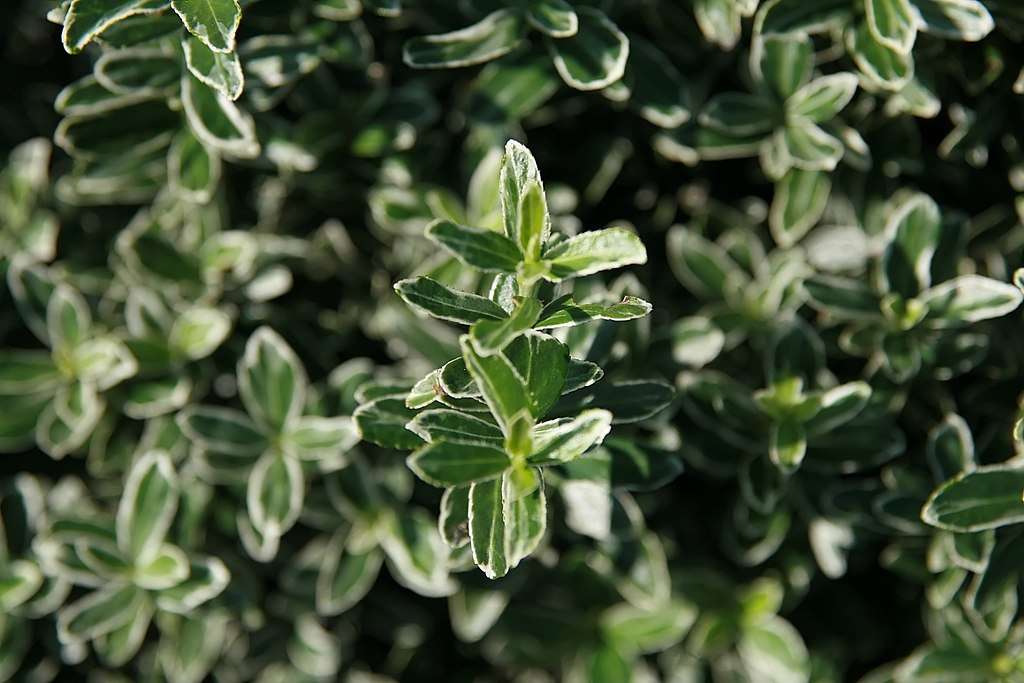
Some other plants that are quite similar to Boxwoods and could be utilized in its place include the Boxleaf Euonymus, the Inkberry Holly, or the Winterberry Holly. Of course, exactly which plant will be ideal for your location will require a consultation with a plant expert. The last thing that you want is to get stuck in another cycle of plant problems that could be prevented simply by planting the right plant in the right location.
If you have one or more Boxwood plants on your property (or you’re thinking about adding some), you shouldn’t have to feel as though you need to be a plant expert to figure out what they need—particularly if they were planted somewhere that they’re having problems.
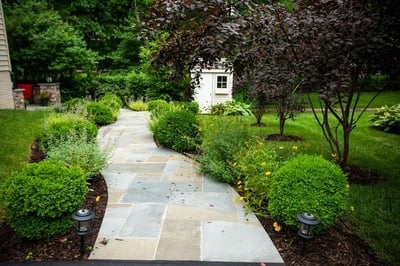 By working with a landscaping company who has an excellent working knowledge of plants and all of their potential problems and needs, then you can feel confident that your landscape is getting what it needs—no matter what plants you have.
By working with a landscaping company who has an excellent working knowledge of plants and all of their potential problems and needs, then you can feel confident that your landscape is getting what it needs—no matter what plants you have.
While it may be your expectation that all landscaping professionals would be this knowledgeable, that’s simply not the case. There are many landscapers that simply don’t have the plant knowledge and we’ve even found that many Boxwoods which were improperly planted were done so by a so-called “professional.”
When it comes to your landscape, you deserve better than that. You should be able to have the peace of mind that your plants are getting what they need and will therefore continue to perform their best. By making a wise choice in landscaping companies, you can have just that.
Do you want to work with a landscaping company in Alexandria, Arlington, or Springfield, VA that has extensive plant knowledge and can maintain or install the proper plants at your home? Then request your quote for our comprehensive Plant Health Care program, and relax as you get the royal treatment.
Image sources: boxwood root rot, boxwood leafminer, boxwood mite damage, boxwood psyllid damage, boxleaf euonymus

Alan is a graduate of the University of British Columbia Garden Design program, under the tutelage of renowned Landscape Architect Ron Rule. Alan spent 14 years as a member of the horticulture department at the world famous Butchart Gardens in his hometown of Victoria, BC. He was promoted to the level of Senior Horticulturist, having learned and honed his skills in all aspects of horticulture, garden design, construction methodology, maintenance, and project management. In 2002, Alan and his family relocated to Northern Virginia and joined the team at Kingstowne Lawn & Landscape.


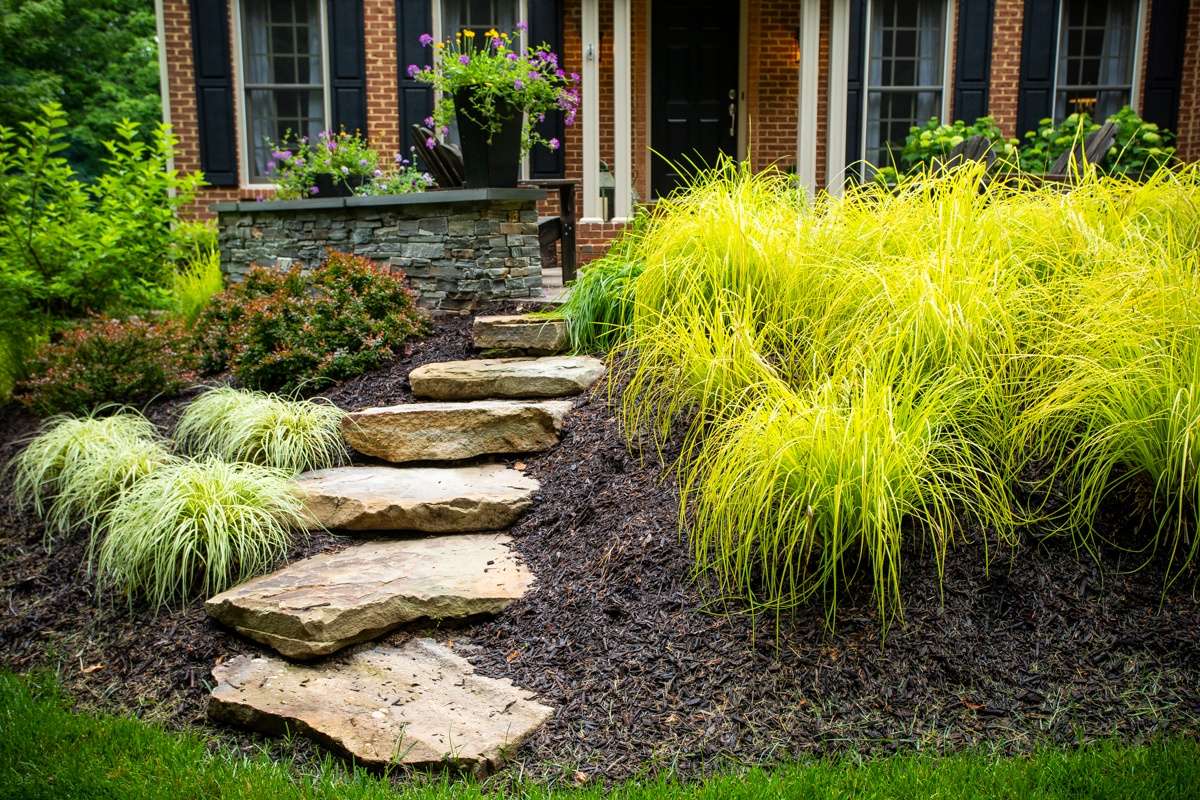

If You're Looking For a Sign, This is It.
Seriously, that lawn isn't getting any better on it's own. Mrs. Jones just called the HOA on you